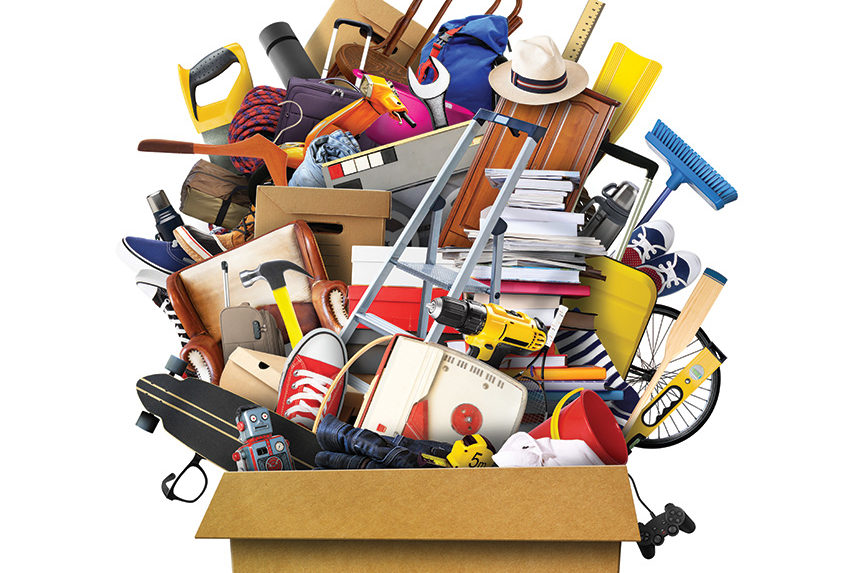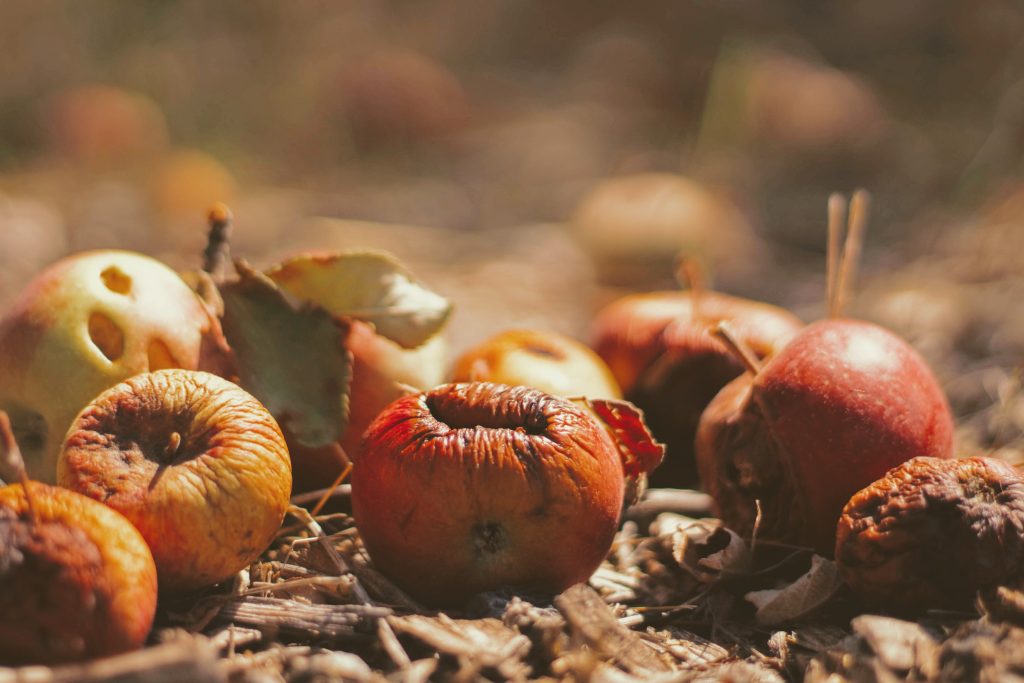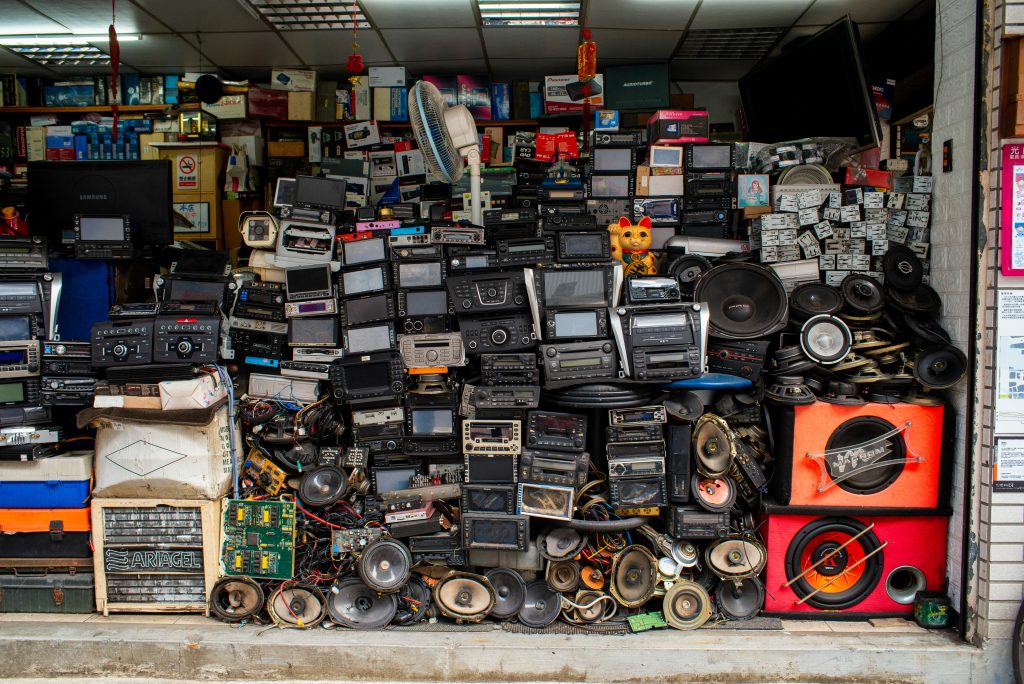It’s time for Change
Currently, one of our biggest problems is climate change. The world is warming; the weather is becoming more unpredictable. In fact, the last decade (2011-2020) was the hottest decade. If this trend continues, this decade (2021-2030) could be the hottest decade on record. It is now the time to think about the impact we are having on the planet. Globally, each person has an average carbon footprint of 4 tons. For the average global temperature to fall by 2c, carbon footprint must fall to 2 tons per person. One way individuals can contribute to a sustainable future is by adopting a minimalist lifestyle.

What is a minimalist lifestyle?
Minimalism can be considered the opposite of consumerism. The term Minimalism was popularised by the Netflix documentary of the same name in 2016. However, previous generations that grew up during wartimes or economic depressions, lived their version of a minimalistic lifestyle. In brief, minimalism is the idea of using the least amount of resources to create the most amount of impact. In terms of living, minimalism translates to living with only the bare essentials that add value to your life. This means removing any distractions, any unnecessary items from your possession. The idea is to not own it if you don’t need it.
You don’t need to take this idea to that extreme. But you can take your lesson from the concept of minimalism to live a sustainable lifestyle and remove things you don’t need that have the highest carbon footprint. The point is, to live a minimalist lifestyle, you need to remove anything that you don’t need.
A mindset
However, it’s not just about how much or little you own; first and foremost, it’s a mindset. An apt quote by Brian Buma, Climate activist & Nat Geo Explorer, sums up the mindset required to truly live a minimalistic and sustainable lifestyle:
“Sustainability means not only learning to give up on some of the modern conveniences that seem to make our life better but learning to like giving up those conveniences.”
Minimalism is a conscious adjustment to the way you live and the conveniences you currently have in your life. After all, the majority of items in our home are there to make our life more comfortable. Delving a little deeper, this continuous improvement in comfort over the centuries and millennia has to lead to a better quality of life and the consequent growth of our global population. Some 20,000 years ago humans lived within the resources of the earth and in balance with nature. As we have learnt to make changes to nature, for example, cooling, heating, lighting, to create a more comfortable life, the balance with nature deteriorated, resulting in the current climate crisis we are now facing.
A Common Misconception about Minimalism
Opponents, generally those wanting to sell you more of everything, attack the extreme idea and use it to discredit minimalism. Those in opposition might say that becoming a minimalist is to live like a hermit, or a monk, and have nothing of fun in life. But that’s far from the truth as the benefits experienced from a minimalist mindset and lifestyle allows space for more fulfilling experiences. There are no hard and fast rules you need to follow to be a minimalist. There is no book of the law, code of conduct, or contract.
The minimalist lifestyle starts with your choice. Your choice to own what you need and not own things that don’t add value to your life. However, this doesn’t mean you can’t have nice things in life. Minimalism just means that you don’t need to buy or own more than you need.
Minimalism is a way of life. It is not something that you decide to become one day and stop the next. It is a continual striving to remove the clutter from your life and thus live sustainably. Becoming a minimalist is one of the best ways to live a life with a maximum positive impact on a sustainable future, environmentally, economically and socially.
Benefits of Minimalism on the Triple Bottom Line
Here are some benefits of living a minimalist lifestyle and how it contributes to all the pillars of sustainability.
Environmentally:
Waste
Reducing new purchases will also reduce landfill. Purchasing new items generally comes with waste at two points in time. Firstly, the packaging of the item. Packaging may include some recyclable elements such as cardboard or paper but usually, there is also a lot of plastic wrapped around new products. Secondly, the end-of-life of the product needs to be considered. How long will the item last, how often will it need to be replaced and how can the item be disposed of?

Warehouses
The more we buy new items, the more they need to be manufactured. If the need for manufacturing and storage of products increases, more warehouses need to be built. Areas around warehouses bring severe truck pollution reducing air quality, as well as a significant amount of energy consumption due to lighting, heating, cooling and air condition. The land also needs to be cleared to house this infrastructure.
Economically:
Save money
Although less consumption may not bring the economic benefits to the companies you would previously purchase from, you may notice an increase in savings for yourself. This may be immediate and over the long term. You may even be able to downsize your living space as you won’t have as much ‘stuff’ to the house. This will in turn reduce your expenses associated with housing such as rent or loan repayments, energy use, transport.
There may also be a shift in your expenditure as you change your spending habits from purchasing physical items to experiences.
Socially:
Focusing on what’s important in life
When you become a minimalist, you stop hoarding things you think will make you happy and instead focus on the important things that actually make you happy: experiences. Spending time with family, friends and even yourself!
More organised life
Another result is that you have an organised life because you won’t have many possessions to organise. Everything will have its place in a visible place so you won’t need to clamber through cupboards, sheds or rooms to find an item. You’ll know exactly where everything is and you can breathe easy.

How to become a minimalist?
To be a minimalist is a conscious choice to:
- not own material possessions that you don’t need;
- become comfortable living with less conveniences;
- not succumb to marketing tactics convincing you that you need more…of everything;
- reduce clutter in your household and consequently in your mind;
- live every day knowing that you are having a positive impact on the environment.
But how do we do this when we already have so much ‘stuff’? Unlike the early minimalists who just didn’t have a choice to own too much, most of us live a privileged life in this day and age with choices. Consequently, most of us own too much ‘stuff’ cluttering our homes and lives. Here are some ways you can start:
An item a day:
Every day for one month, choose an item you haven’t used or maybe even seen for the past 6 months. Put in a box to donate to charity at the end of the month. Or speed it up by adding more items every day, for example, on the first day of the month, select 1 one item, on day two, select two items, day three, three items and so on.
Moving house?
This is a great opportunity to select unused items. If you find it difficult to let go then pack everything in boxes, label the boxes then leave them in a room when you arrive at the new home. Only unpack items as you need them. Items still packed after a period of time, 2 or 4 weeks, could go straight to the charity store. Or if you’re not ready to completely release them then put those boxes in your garage and after 6 months, then donate them…don’t look in the boxes as you will surely find a very important and urgent use for many things in the box.
You can even try this technique without moving house. You may be surprised at how little you actually use on a day to day basis.
Before making a new purchase:
So, you have convinced yourself, or marketing has convinced you, that you must have the latest and greatest of something. Ask yourself a few questions to challenge your impulse:
Have I already got something similar that I can use with the same result?
Will it be used only once?
Will it become a landfill?
If you answered ‘yes’ to these questions then perhaps you could reconsider your decision to make the purchase.
Or, as the quote by musician and environmental activist Pete Seeger goes:
“If it can’t be reduced, reused, repaired, rebuilt, refurbished, refinished, resold, recycled or composted, then it should be restricted, redesigned or removed from production.”
In other words, don’t buy it so it won’t need to be replaced or disposed of.
Consider buying experiences instead of ‘stuff’
Need to buy a gift for someone? Consider purchasing an experience in an area of interest to them, for example, a painting class, a skydive, ‘become a zookeeper for a day’ experience, a yoga retreat. Guaranteed, these will be remembered for life!
Conclusion
Living a minimalist lifestyle is not just external but also internal. Changing your mindset to be OK with giving up some of your usual conveniences is the first step to becoming less ‘stuffocated’. A minimalist lifestyle will free you physically, emotionally and mentally; a direct benefit to your quality of life and those around you. On a larger scale, you will be reducing your negative impact contributing to climate change and increasing positive impacts towards a sustainable future for you, your family and future generations.
See the links below for more ideas on how to start your minimalistic lifestyle.
Minimalism Resources
Minimalism (The Documentary)
At THRIVE we measure the environmental, social and economic impact of businesses around the world. Join the THRIVE movement and measure the impact of the businesses you buy from. This is another route for you to help become a minimalist.